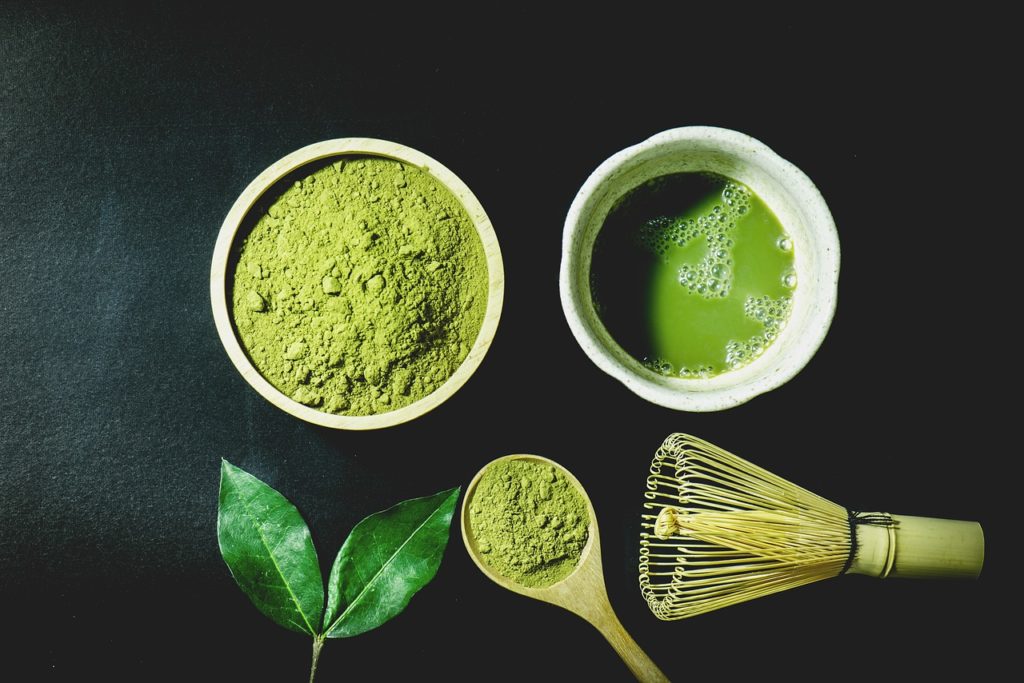
Tea and its name come to Japan from China in the 8th century, since then Japanese spent the following 1,200 years figuring out their unique variety as well as innovative ways to make tea. This has led to Japanese teas with new tastes, textures, and sensations that can be found nowhere else in Japan. Today we introduce you 5 different kinds of Japanese tea which you could get from our site and enjoy them in a Sunday afternoon.
Table of Contents
Matcha
Strictly speaking, Matcha is not the name of a certain kind of tea, but a tea making method, which is powdered green tea. It is made from high-grade tea leave that shaded for at least three weeks before plucking. Shading process forces the leaves to produce much more chlorophyll and unique smell, bring the tea beautiful emerald color and breath. The leaves are then ground into a fine powder by using Mortar and Pestle.

Sencha
Sencha is the most popular kind of tea in Japan. Unlike matcha, Sencha is grown under full sun, which gives the tea harmony of refreshing aroma, mellow flavor, and bitter taste. When brewed, Sencha has a lovely golden color. The processing method also differs from matcha, which steeped tea leaves into boiled water to produce a yellow-green color. Green tea is known for providing an energizing boost like how coffee does.

Genmaicha
This traditional Japanese green tea from the Shizuoka region is a combination of Sencha tea leaves with brown rice (yes, with rice), which brings you special roasted grain breath. This tea will shows a golden yellow green color when brewed. The taste of the tea base and the toasted grain flavor make a very balanced, complex cup of tea. It’s an ideal drink for breakfast as well as refreshing as an iced tea.

Houjicha
Houjicha is a roasted type of Sencha, which a special roasted flavor. Houjicha contains more Catechin than others since the tea leaves are grown in full sunlight, thus the leaves are in deep brown color and shows in a flakey appearance. It contains limited caffeine due to the roasting process destroys of the caffeine already. Hence, it is suitable for kids too. When brewed, this tea is a transparent brown color and that similar to English breakfast tea, and the taste too.

Kombucha
Kombucha is said to originate in China or Japan. In Japan, kombucha’s ingredient is very different to Western style—a tea made by kelp (or kombu in Japanese) seaweed base. The seaweed is dried and often cut into small pieces or crushed into powder. When brewed in Japanese kombucha tea, it produces a slightly rich and salty tea that’s more like soup. Kombucha is normally combined with ume (Japanese pickled plum) to make a pinkish color to the tea as well as rich flavor.

After Word
When talking about Japanese tea, generally people may think of green tea or matcha. However, Japan also has a number of teas that provide new and different taste in addition to various health benefits, which can be enjoyed at different times in a year or even in a day. Why not get some new type of Japanese tea for yourself or family?
Service Flow
We bid on your behalf and ship the items you win to your address overseas! →See more

